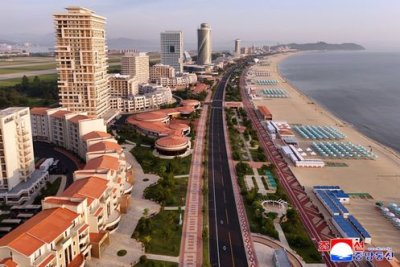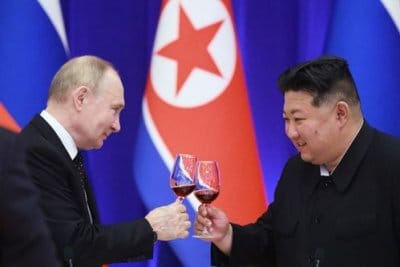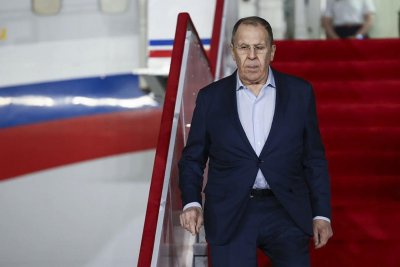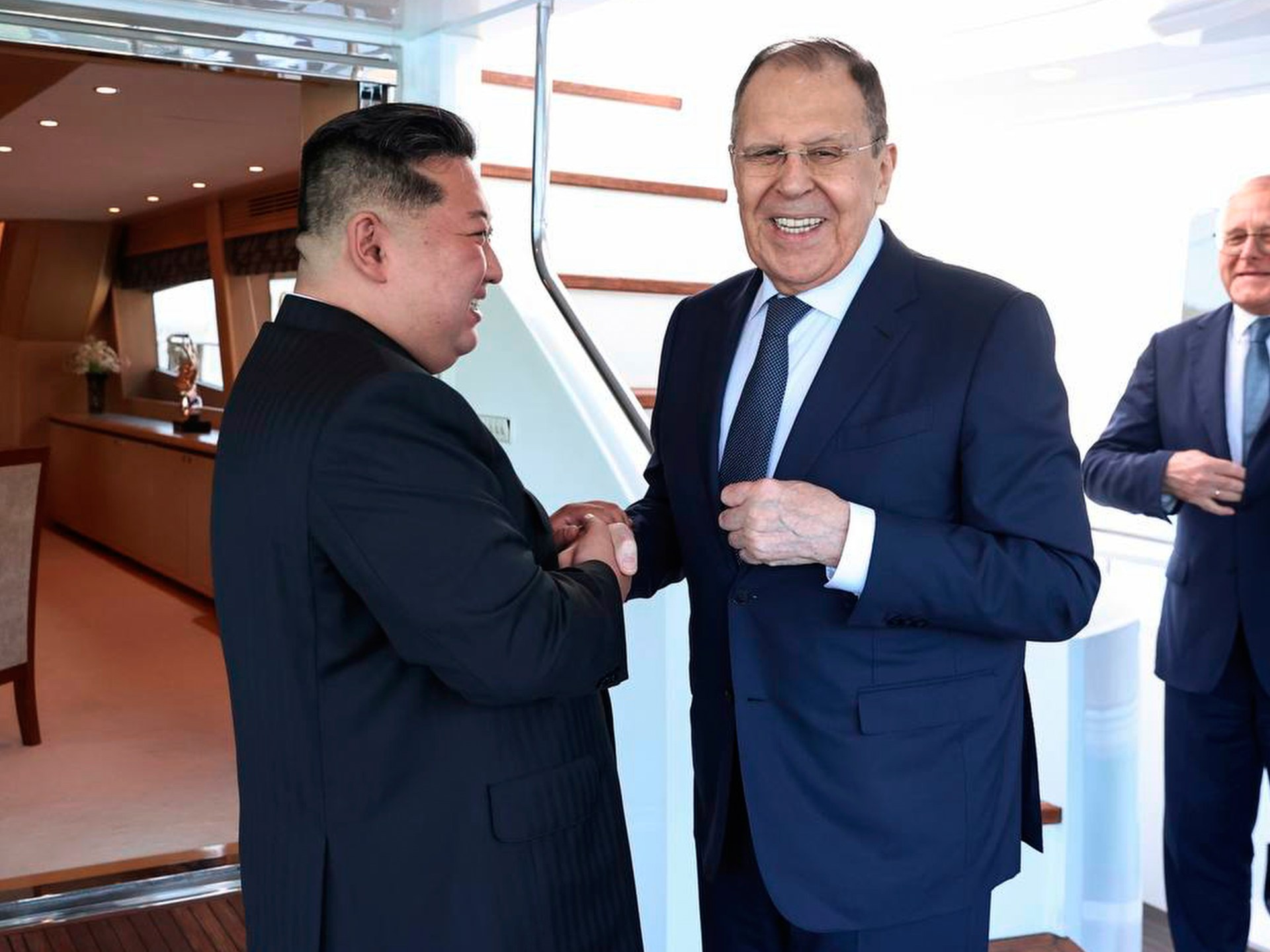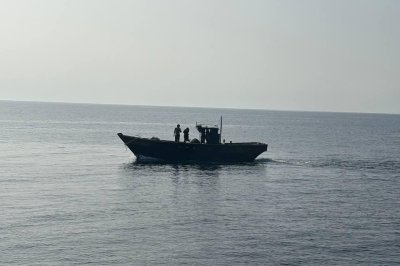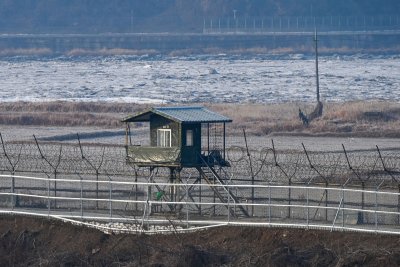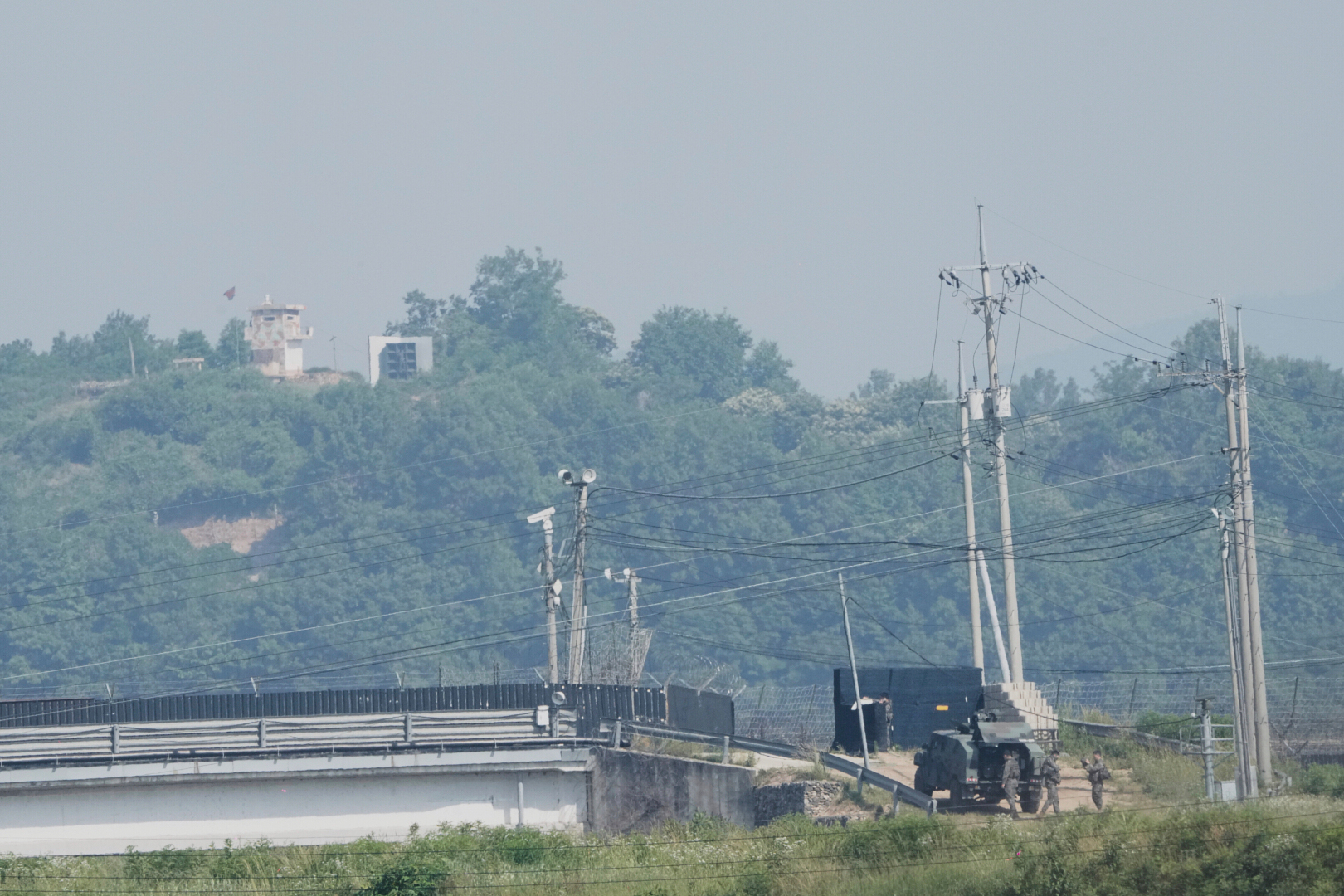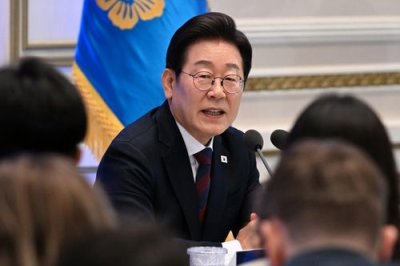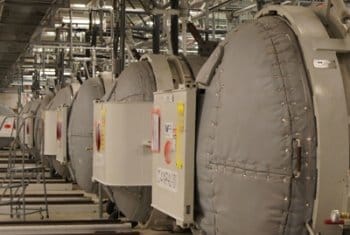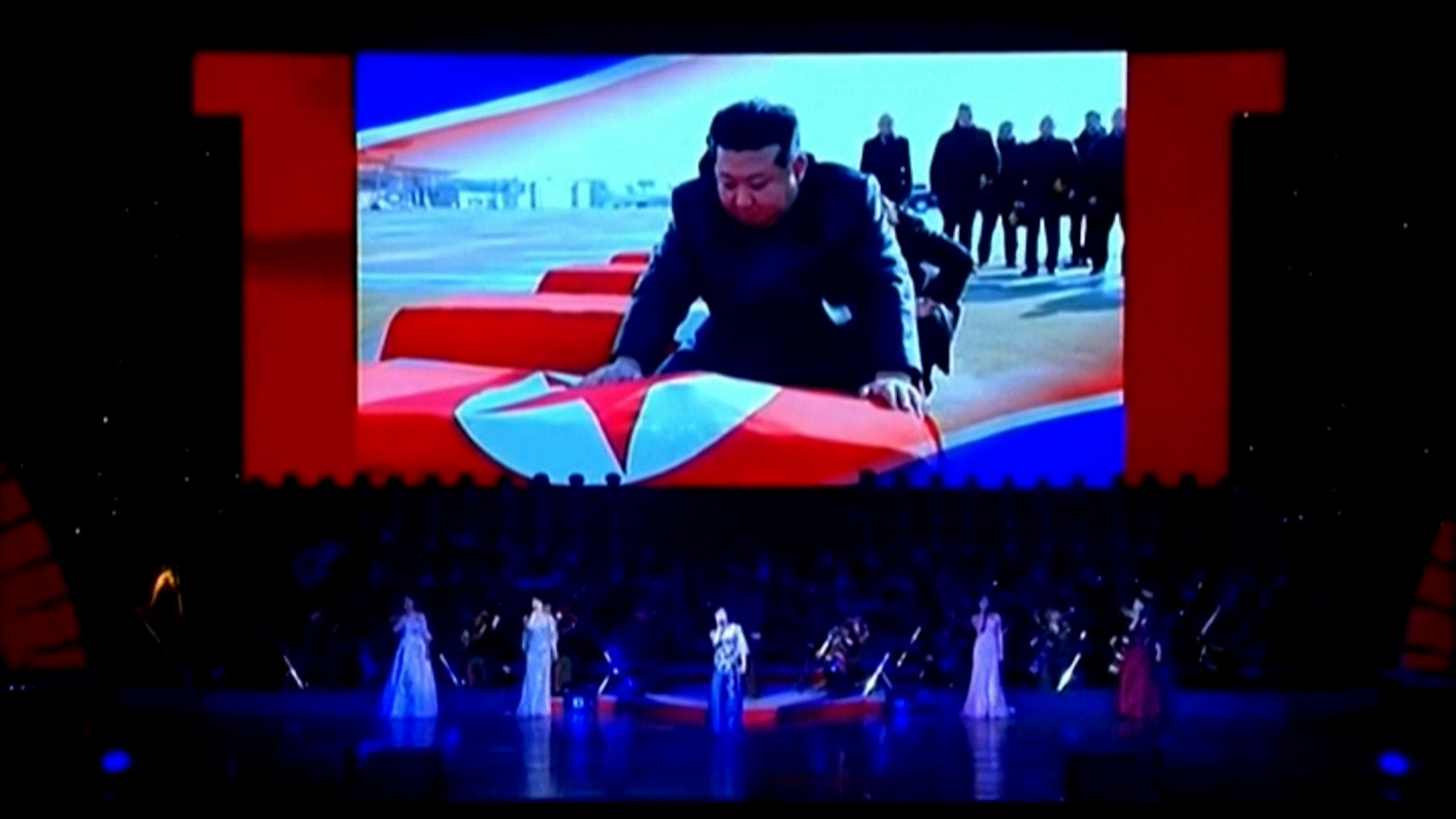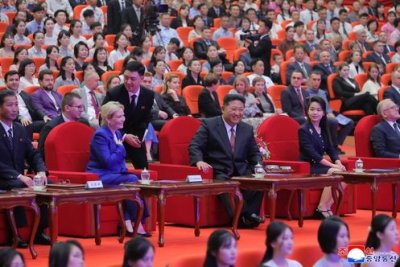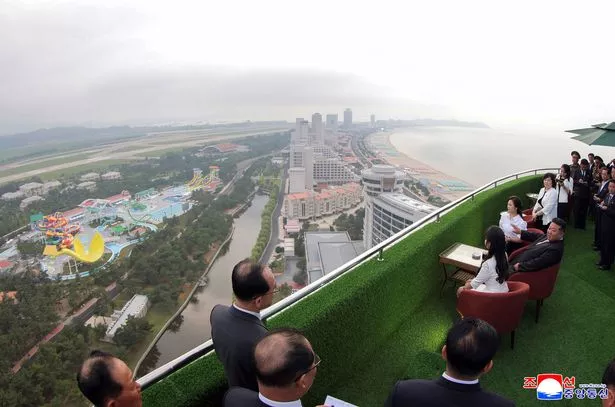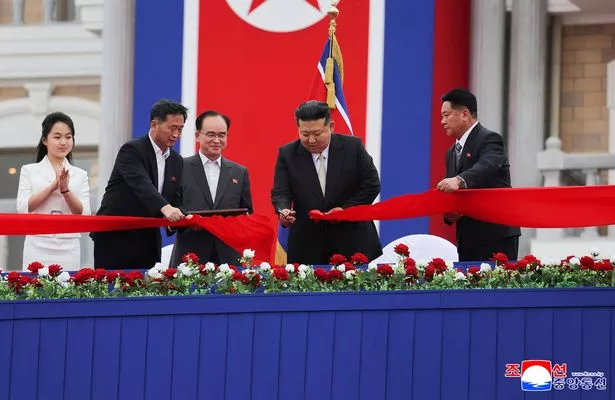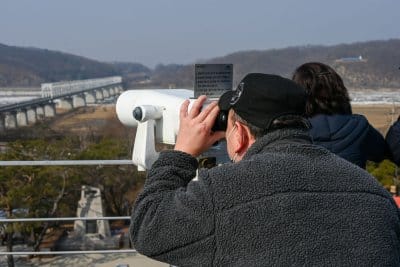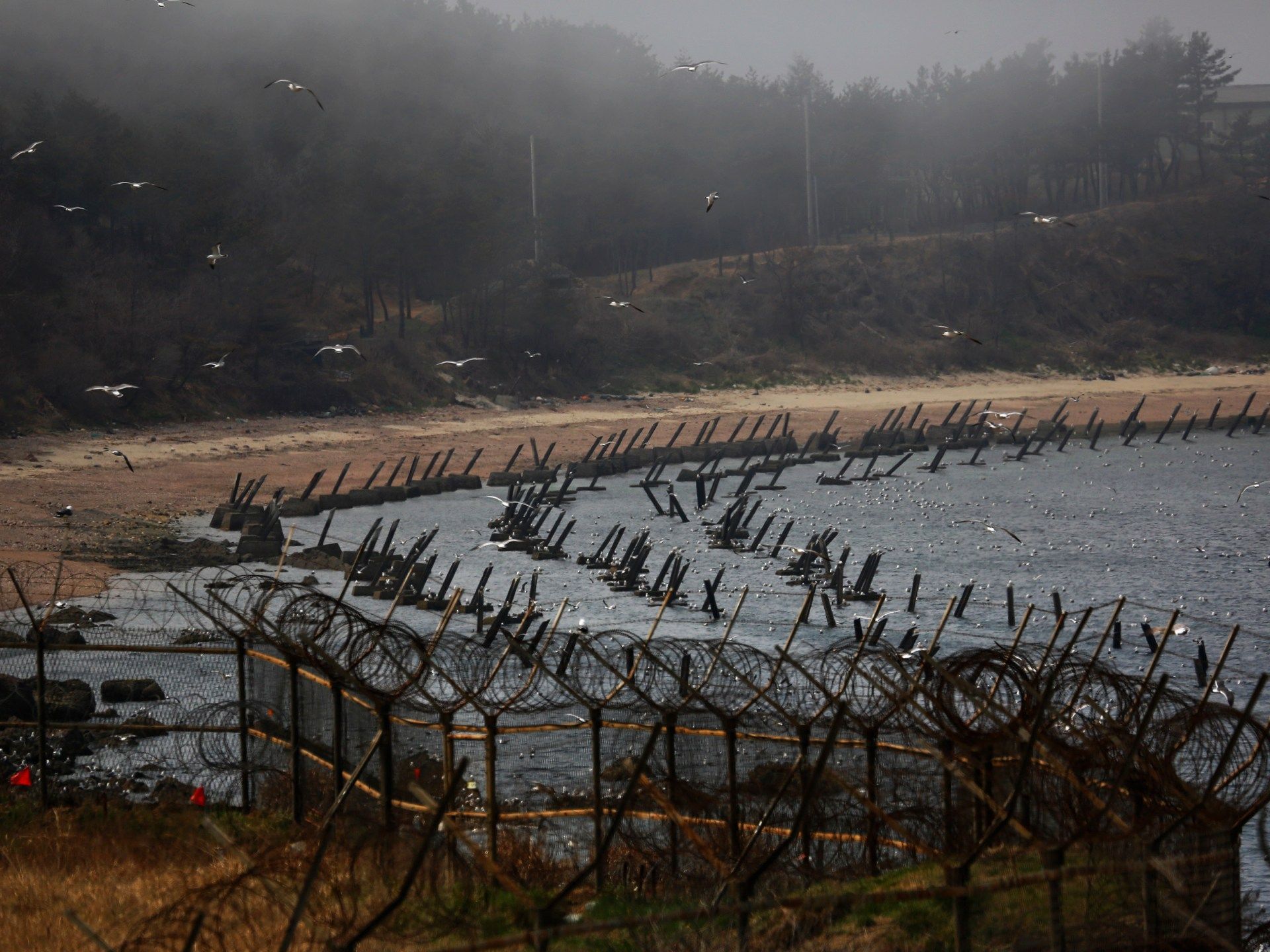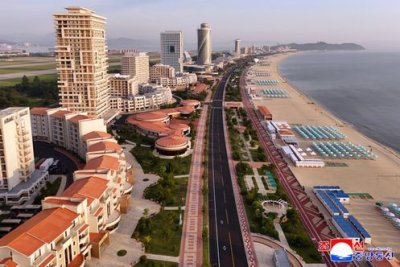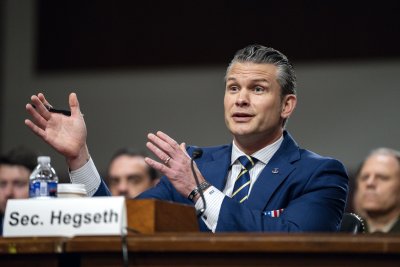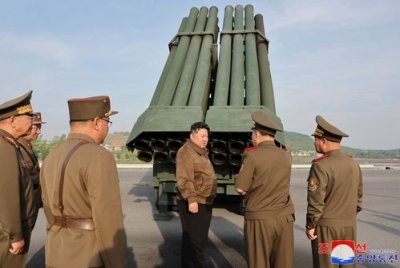The Wonsan-Kalma beach resort is North Korea’s biggest tourist site. Russia said Thursday it will send its first group of tourists to the site in July
North Korea has unveiled a major coastal tourist attraction which it hopes will be a game-changer for its tourism industry.
The Wonsan-Kalma coastal tourist zone boasts an array of hotels and accommodations for nearly 20,000 guests, offering a range of activities including swimming, sports, and dining at on-site restaurants and cafeterias, according to state media reports.
North Korean leader Kim Jong Un attended a grand opening ceremony on Tuesday, cutting the inaugural ribbon, as reported by the official Korean Central News Agency on Thursday.
Kim hailed the project as “one of the greatest successes this year” and described the site as “the proud first step” in implementing the government’s tourism development policy, according to KCNA.
READ MORE: ‘I visited North Korea after its five-year lockdown – these are the ways its become odder’
The Wonsan-Kalma beach resort is North Korea’s largest tourist destination, with KCNA announcing that it will begin operations for domestic tourists next Tuesday. However, no timeline has been provided for welcoming foreign tourists, although Russian officials revealed on Thursday that the first Russian tour to the site is slated for July.
Experts suggest that the resort likely required a substantial investment from North Korea’s limited budget, implying that it will eventually need to cater to Chinese and other foreign tourists to break even. Kim has been striving to transform the nation into a tourist hotspot in a bid to rejuvenate the struggling economy, with the Wonsan-Kalma zone being one of his most frequently mentioned tourism initiatives.
KCNA reported that North Korea will announce plans to construct large tourist sites in other regions of the country as well.
However, North Korea hasn’t completely lifted a ban on foreign tourists implemented in early 2020 to protect against the COVID pandemic. Experts suggest that North Korea’s slow return to international tourism is due to ongoing pandemic restrictions, heightened tensions with the U.S. and South Korea in recent years, and concerns about Western tourists disseminating a negative portrayal of its regime.
READ MORE: North Korea opens to tourists after five years as visitors are made to buy Kim a bouquetREAD MORE: Ryanair reveals eye-watering amount it really makes from bag and seat fees
Russia’s Primorsky region, which shares a border with North Korea, announced that the first group of Russian tourists to the resort will set off on July 7. The region’s press service stated that during their eight-day journey, Russian tourists will also have the chance to visit key attractions in Pyongyang, the North Korean capital, according to Russian state news agency Tass.
From February 2024 onwards, North Korea has already started welcoming Russian tourists to other areas amidst flourishing military and other collaborations between the two nations. However, Chinese group tours, which accounted for over 90% of visitors prior to the pandemic, remain on hold.
In February this year, a small contingent of international travellers ventured into North Korea, marking their first visit in five years. However, tour operators announced a pause on trips to the hermit kingdom as early as March.
Amidst global tensions, Kim Jong-un’s regime has been bolstering ties with Russia by sending troops and arms to back its conflict with Ukraine, in exchange for economic and military support. Yet, despite longstanding bonds with China—North Korea’s chief trade ally and aid donor—a cooling period is evident as China shows hesitance to form an anti-Western bloc with North Korea and Russia, according to experts.
During Tuesday’s event, celebrating the completion of a new resort, the Russian ambassador to North Korea attended alongside embassy personnel, as reported by KCNA. The dispatch, however, left out whether any Chinese officials were included on the guest list.
“There seems to be issues that North Korea hasn’t yet resolved in its relations with China. But North Korea has put in too much money on tourism and plans to spend more. Subsequently, to get its money’s worth, North Korea can’t help receiving Chinese tourists,” noted Lee Sangkeun, a specialist at South Korea’s Institute for National Security Strategy, a think tank operated by the country’s intelligence service.
Kyungnam University’s Far Eastern Studies savant, Lim Eul-chul, has revealed that Russians will kick off foreign tourist footfall at Wonsan-Kalma. Moreover, he predicts that Sino-North Korean exchanges through Chinese tours to the leisure zone are set to commence soon, underpinning the reviving trade relations between Beijing and Pyongyang.
